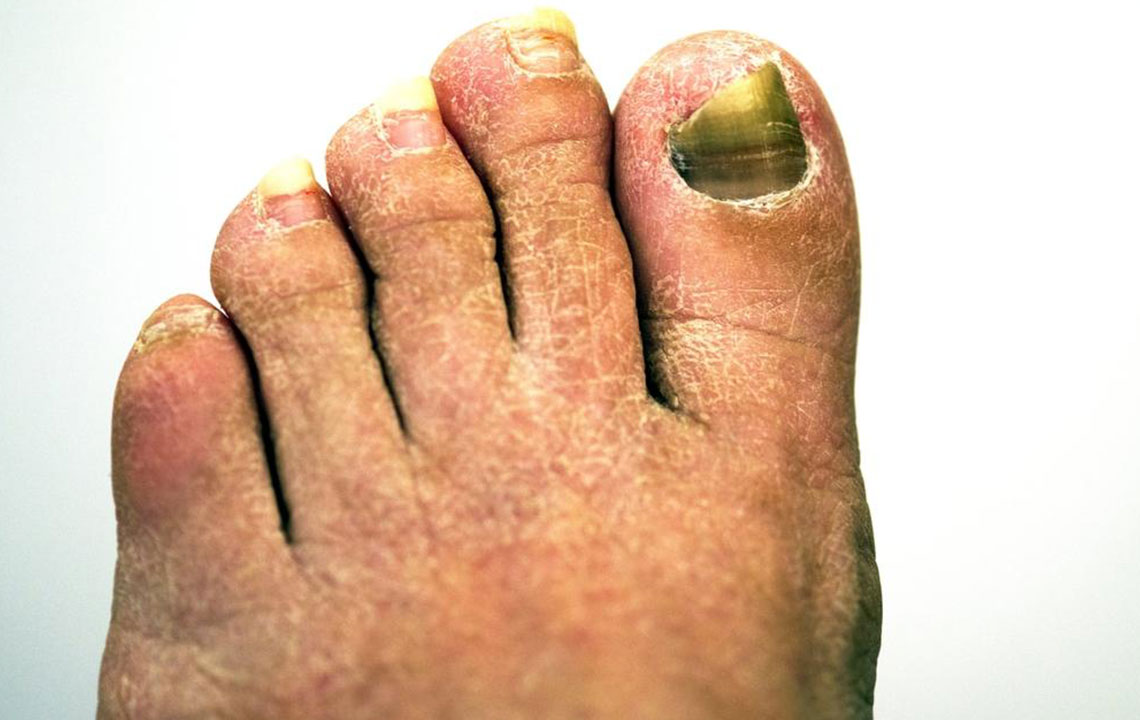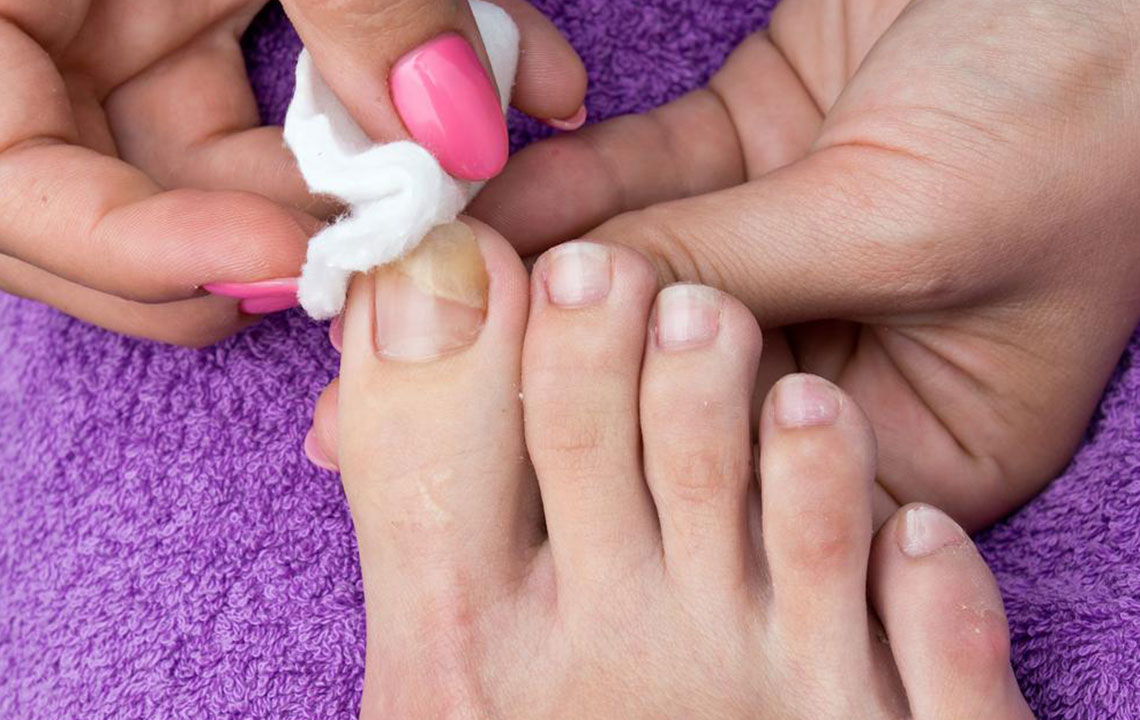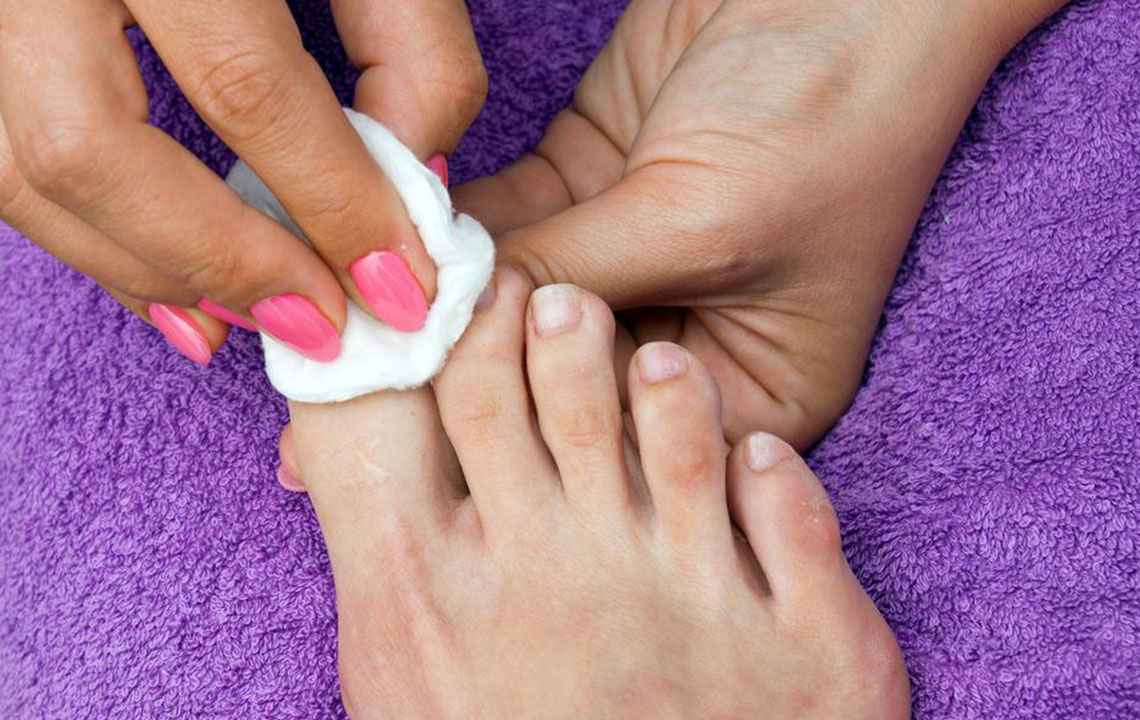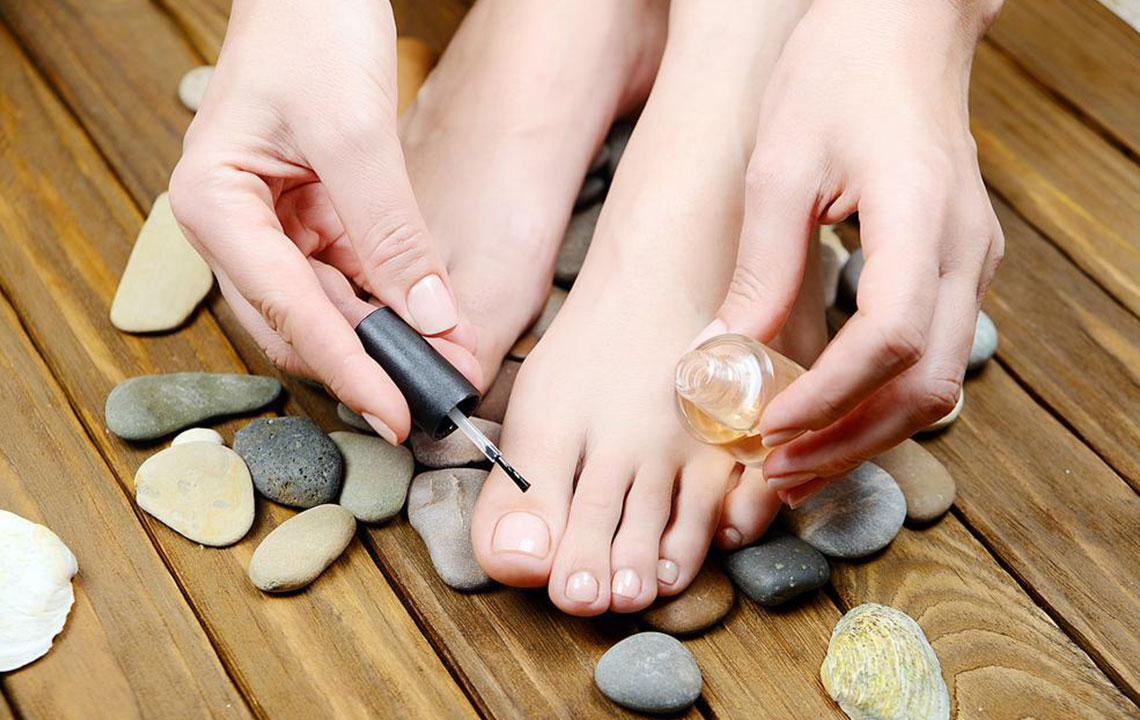Comprehensive Guide to Preventing and Treating Toenail Fungal Infections
This comprehensive guide provides detailed insights into preventing and treating toenail fungal infections. It covers causes, symptoms, risk factors, effective home remedies, medical options, and preventive practices to help maintain healthy nails. Early detection and proper care are emphasized to avoid complications and ensure overall foot health.

How to effectively prevent and treat toenail fungal infections for healthier nails
Toenail fungal infections, medically known as onychomycosis, are more common than many realize. While often dismissed as a cosmetic inconvenience, these infections can lead to significant discomfort, pain, and potential health risks if neglected. Despite their prevalence, many individuals do not understand the importance of early detection and effective treatment strategies. This comprehensive guide explores the causes, symptoms, prevention methods, and treatment options for toenail fungal infections, empowering you to maintain healthy, fungus-free toenails.
Understanding the symptoms of toenail fungus is the first step toward timely intervention. Recognizing the signs early can prevent the infection from worsening and becoming more difficult to treat. Common indicators include:
Discoloration of the nail, often yellow, brown, or white
Thickening of the nail, which can cause discomfort and pressure
Deformation or distortion of the nail shape
Brittle or crumbly nail texture
Unpleasant odor emanating from the affected nail
These symptoms, although seemingly minor initially, can indicate a serious fungal infection that requires prompt attention. Ignoring these signs can lead to the spread of the fungus to adjacent nails or other parts of the foot, increasing treatment complexity.
What Causes Toenail Fungal Infections?
The primary culprit behind toenail fungal infections is dermatophyte fungi, a group of fungi that invade the keratin-rich material of the nail. These fungi thrive in warm, moist environments and can penetrate the nail bed, leading to infection and structural damage. Other fungi, such as yeasts and molds, can also contribute to similar infections.
Fungal invasion weakens the nail and causes its thickening, discoloration, and deformity. The infection can spread through various routes including:
Sharing contaminated shoes, socks, or nail tools
Walking barefoot in damp public spaces like swimming pools, gyms, or locker rooms
Injury to the nail or surrounding skin, creating entry points for fungi
A compromised immune system, reducing the body's ability to fight fungi
Underlying health conditions such as diabetes or circulatory disorders
High-Risk Factors for Toenail Fungal Infections
Several factors increase susceptibility to fungal nail infections. Understanding these helps in taking preventive measures. Key risk factors include:
Weakened immune system: Conditions like HIV/AIDS, cancer treatments, or immunosuppressive medications reduce natural defenses.
Environmental exposure: Frequent exposure to moist environments such as communal showers, swimming pools, or gyms.
Age: Older adults often experience reduced circulation and slower nail growth, increasing vulnerability.
Poor foot hygiene: Infrequent washing, inadequate drying, or neglecting to change socks regularly.
Underlying health issues: Diabetes, circulatory problems, or other chronic conditions that impair healing.
Effective Approaches to Treating Toenail Fungal Infections
Proper treatment is essential not only for restoring nail health but also for preventing the spread and recurrence of the infection. Treatment strategies range from home remedies to medical interventions, often used in combination for optimal results. The approach depends on the severity of the infestation and patient-specific factors.
Home Care and Natural Remedies
For mild cases, certain home remedies can be effective in slowing fungal growth and alleviating symptoms. These include:
Antifungal topical treatments: Over-the-counter antifungal creams, ointments, or medicated nail polishes applied directly to the affected nails can help inhibit fungal growth.
Warm saltwater soaks: Soaking the toes in warm water with Epsom salt or antifungal agents can soften thickened nails and create an inhospitable environment for fungi.
Proper nail hygiene: Regularly trimming nails straight across and smoothing rough edges minimizes trapping of dirt and fungi.
Keeping nails dry and clean: Moisture promotes fungal proliferation; using absorbent socks and footwear helps maintain dryness.
It is advisable to consult a healthcare provider before starting any home treatment to ensure safety and appropriateness, especially for persistent infections.
Medical Treatments and Prescription Options
Persistent or severe infections usually require medical intervention. Doctors may prescribe:
Oral antifungal medications: Drugs such as terbinafine, itraconazole, or fluconazole that target fungi internally, typically taken over several weeks to months. These options are effective but may carry side effects, so medical supervision is crucial.
Medicated nail polishes: Ciclopirox or amorolfine are applied regularly to the nail surface to combat fungi directly.
Debridement or removal: In extreme cases, removing infected nails or debriding (trimming) thickened nails may be necessary to facilitate treatment and relieve discomfort.
Combination therapy—using topical treatments alongside oral medications—often produces the best outcomes, especially in stubborn cases. It’s essential to follow the healthcare provider's instructions and complete the entire course of treatment to prevent recurrence.
Preventive Measures to Avoid Toenail Fungal Infections
Prevention is always preferable to cure. Maintaining good foot hygiene and adopting simple habits can significantly reduce the risk of developing fungal infections. Recommended preventive strategies include:
Keep feet dry: After showering or sweating, thoroughly dry your feet, paying extra attention to the spaces between toes.
Use antifungal powders or sprays: Applying these in shoes helps maintain a dry environment and prevents fungi from thriving.
Wear breathable footwear: Choose shoes made from natural materials and alternate pairs to allow proper ventilation.
Choose moisture-wicking socks: Avoid synthetic fibers; opt for socks that absorb sweat and stay dry.
Avoid walking barefoot in public showers or pool areas: Wear flip-flops or waterproof sandals to protect your feet.
Do not share personal items: Keep footwear, socks, and nail care tools separate to prevent cross-contamination.
Practice regular foot hygiene: Wash feet daily, trim nails properly, and inspect nails regularly for early signs of infection.
Conclusion: Early Intervention Saves Nails
Toenail fungal infections can be persistent and challenging to eradicate once established. However, with early recognition, appropriate treatment, and good preventive practices, you can effectively combat this condition. Regular foot hygiene, prompt medical consultation for persistent symptoms, and avoiding environmental risks are essential strategies in maintaining healthy, fungus-free toenails. Remember, preserving nail health not only improves aesthetics but also prevents potential complications and enhances overall foot comfort.
Take proactive steps today to ensure your toenails remain healthy and fungus-free, avoiding unnecessary discomfort or complicated treatments in the future.





